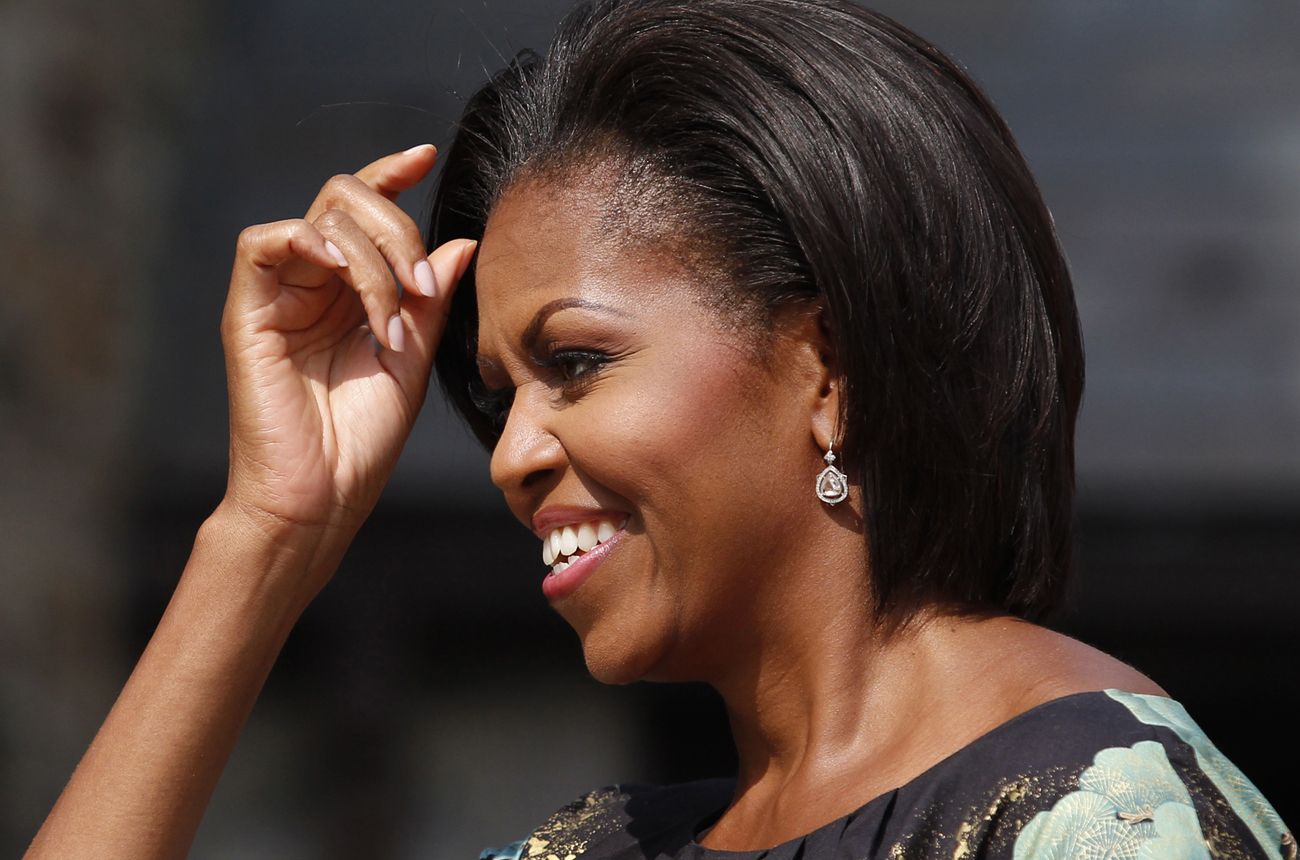At the beginning of October, Forbes magazine issued its 2010 World’s 100 Most Powerful Women list that speaks to influence and impact in a new, broader and more subtle way than its previous lists of the holders of traditional power titles, offices with flags positioned behind power desks, or brass plaques on corner office doors.
The annual Forbes' power lists have become synonymous with the usual parade of business leaders, entertainment moguls, cinema and TV stars and heads of state. This year Forbes decided to savour the taste of impact from the broader perspective of creative influence and entrepreneurial leadership, in addition to more traditional measures. The women on this year’s list, according to Forbes, “have built distinctive companies and brands and championed weighty causes, sometimes through unconventional means; in other cases they have broken through gender barriers.”
The result is a multihued, multinational, multidisciplinary list that includes real power walkers such as entertainers Madonna, Ellen DeGeneres and Lady Gaga, Irene Rosenfeld, the CEO of Kraft Foods, secretary of state Hillary Clinton, Indra Nooyi, the CEO of PepsiCo, TV talk show queen Oprah Winfrey, singer Beyonce Knowles, German Chancellor Angela Merkel, Gail Kelly, the CEO of Aussie megabank, Wespac, US speaker of the house of representatives Nancy Pelosi, Wellpoint CEO Angela Braly, Janet Napolitano, the US secretary of homeland security, Anglo-American head Cynthia Carroll, Sarah Palin, Mary Schapiro, chairwoman of the US SEC, Ellen Kullman, DuPont head, Supreme Court Justice Sonia Sotomayor, actress Angelina Jolie, US TV anchor Katie Couric, philanthropist Melinda Gates, Ho Ching, the CE of Temasek Holdings and online news diva, Arianna Huffington, among many others. (The entire list is here)
But none of these powerful and creative women sits at the very top of the pyramid. This year’s winner and grand champion is none other than Michelle Obama, US First Lady and Barack Obama’s spouse. A woman with no official day job.

Photo: A copy of the 'The New Yorker' magazine, featuring an illustration of Barack Obama with a turban and robe, is seen at a newsstand in New York, July 14, 2008. REUTERS/Jamie Fine
Let’s go back two years and a bit to that famous – or infamous – cover illustration on The New Yorker magazine from 21 July 2008. Barack Obama is wearing his presumably Islamic kaftan (a subliminal reference to a photograph of him wearing his gift of traditional dress from his Kenyan extended family) and a turban. Michelle, meanwhile, has some major league revolutionary, black nationalist attitude and props. Her hair is in a serious Afro, she’s got an AK-47 and bandolier on her shoulder, she’s wearing camouflage pants and the pair of them are giving each other a fist bump and she has a facial expression designed to call to mind a certain famous Angela Davis photograph. Oh, and just in case you didn’t catch the drift, they’re burning the US flag in the White House Oval Office fireplace as well.
But the picture seemed to miss the point of their partnership and it deeply misread her impact – despite its wicked humour. What the illustration did not depict was the deeply humanising impact Michelle Obama actually had – and continues to have – on the man who became her husband.
The story is familiar now, but, in essence, the young Barack Obama was only just beginning to settle into his own skin comfortably when they met. She was already a junior attorney at a major Chicago law firm where she effectively became his mentor when he joined there for an internship/summer job. As they became closer, she drew him into her close-knit Chicago family, gave him a sense of community and provided an opportunity for awareness and acceptance of a strong, visible set of religious values and principles.
Instead of the brilliant, but somewhat abstract, still-to-be-fully-fleshed-out man he seems to have been when they met; Michelle Obama must get the credit for turning him into a “mensch” – and a person others could repose their trust in as his political career rose – the trajectory so carefully and thoroughly set out in David Remnick’s biography of Obama, “The Bridge”.
Or, in Barack Obama’s own words from his victory speech in Chicago on election night 2008: “And I would not be standing here tonight without the unyielding support of my best friend for the last 16 years ... the rock of our family, the love of my life….” Of course, this is what politicians must always say, but from the available evidence, including the body language between the two we see on TV when they are together, he meant it.

Photo: US Democratic presidential candidate Senator Barack Obama (D-IL) bumps fists with his wife Michelle (L) before his speech at his South Dakota and Montana presidential primary election night rally in St. Paul, Minnesota, June 3, 2008. REUTERS/Eric Miller.
Thinking about Michelle Obama’s influence on her husband inevitably invites comparison to other presidential wives. And, in particular, John Adams’ partnership with Abigail and Franklin and Eleanor Roosevelt’s unique relationship.
John Adams was America’s second president, following the immensely popular George Washington. Adams was a brilliant statesman, writer, lawyer, diplomat, political thinker and tactician. More than anyone (besides Thomas Jefferson), Adams was responsible for crafting the basic documents of American democracy. But he was not a master of human relations. We know this because he married someone who was and who advised him lovingly but mercilessly, without holding back her judgement one bit. Their correspondence includes quite literally thousands of letters they exchanged as they often found themselves separated by hundreds or even thousands of kilometres – this in an age when a letter between their Massachusetts farm and New York City or Philadelphia, let alone Paris or Amsterdam, could take weeks to be delivered. But without her guidance, insight and fierce honesty, John Adams all too often reverted to being a prickly, quick-to-take-offence, starchy, quarrelsome figure. Their rigorously honest, tough partnership lasted for decades in an age when women could not vote, hold office – or generally even own property on their own.
Watch: Michelle Obama, South Side Girl
type="application/x-shockwave-flash">





